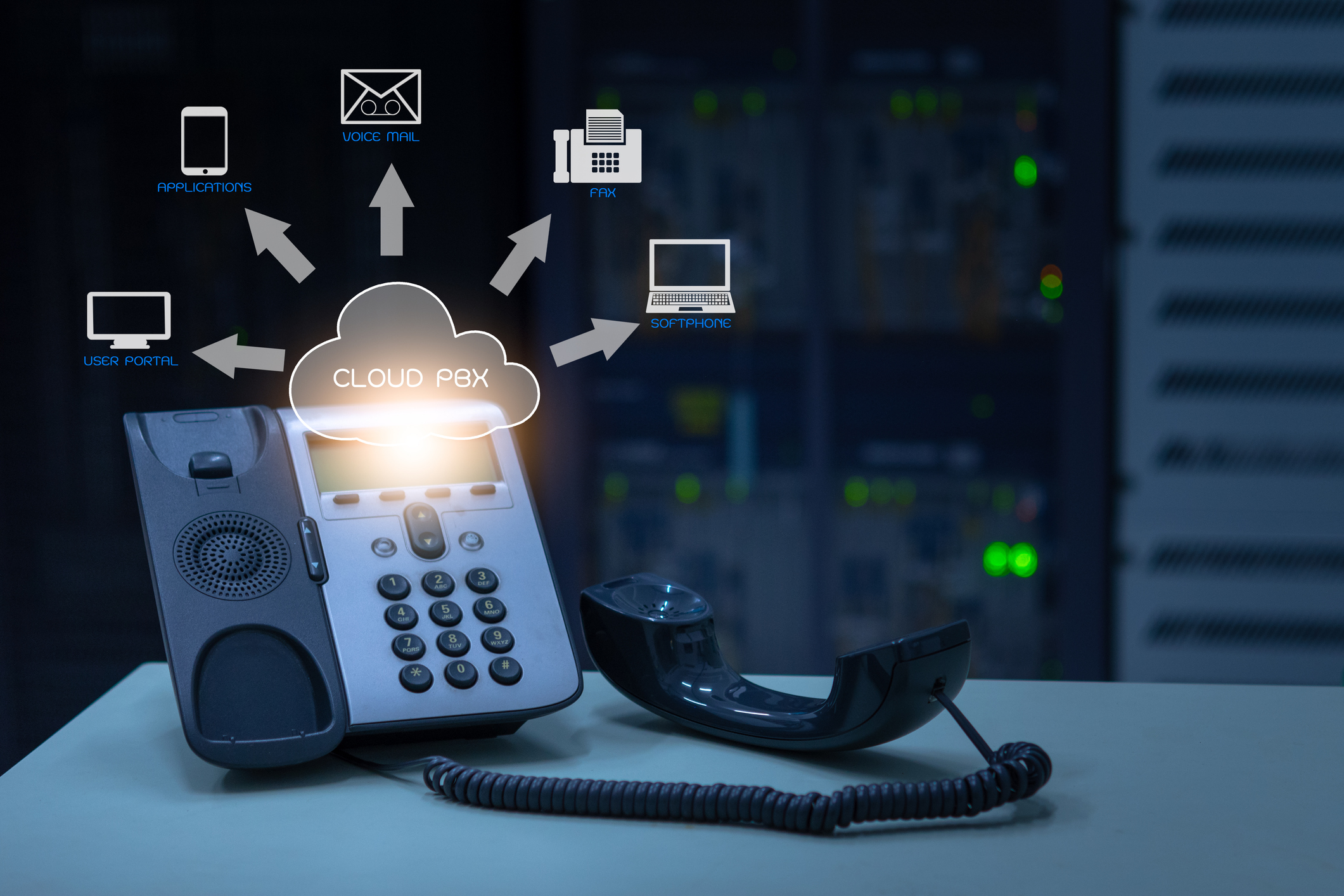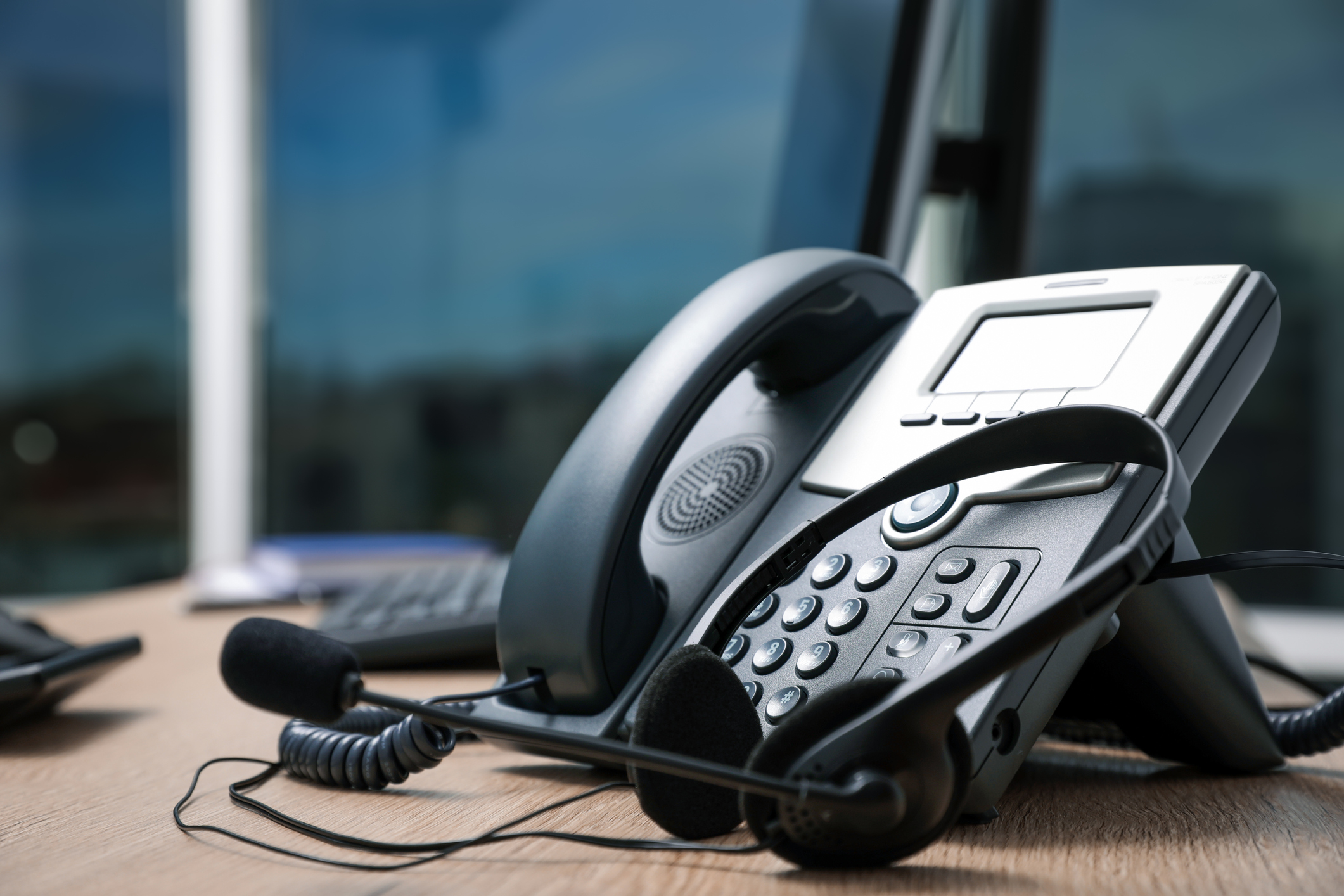- Desk Phones: These are the physical phones placed on employees' desks. They come with various features like caller ID, speakerphone, speed dial, and programmable buttons.
- Private Branch Exchange (PBX): This is the central unit that manages incoming and outgoing calls for the organization. It connects internal phones to each other and to external lines, like the Public Switched Telephone Network (PSTN) or Voice over Internet Protocol (VoIP) services.
- Voicemail System: Many business telephone systems include a voicemail feature where callers can leave messages when the recipient is unavailable. Employees can access their voicemail messages either through their desk phones or remotely.
- Conference Calling: Business telephone systems often support conference calling features, allowing multiple parties to participate in a single call.
- Auto Attendant: This feature provides a menu system that directs callers to the appropriate extension or department by pressing keys on their phone keypad.
- Call Forwarding and Transfer: Employees can forward calls to another extension or transfer calls to colleagues or departments as needed.
- Call Recording: Some systems have the capability to record calls for quality assurance, training, or legal purposes.
- Integration with Other Systems: Modern business telephone systems can integrate with other communication tools like email, instant messaging, and customer relationship management (CRM) software.
These are some of the common components and features of a business telephone system, but the specific setup and capabilities may vary depending on the organization's needs and the technology used.






